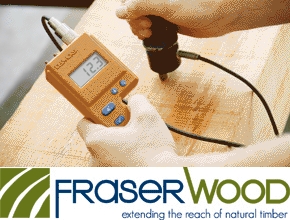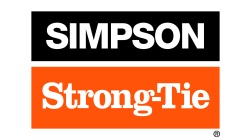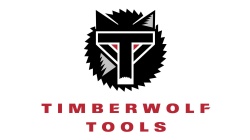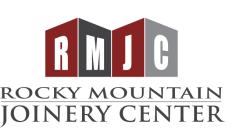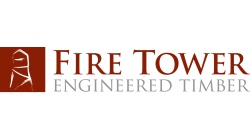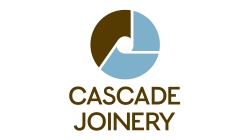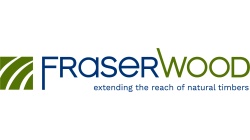2023 Annual Conference
Chris Sturm
Colorado Water Conservation Board, Watershed Program Director
Chris Sturm obtained his bachelor's and master's degrees from the University of Georgia. He worked for several years in education around natural resources, until he arrived in Colorado in 2000. He has worked with agricultural, municipal, environmental, and recreational uses of water and appreciates bigger-picture discussions on how best to protect water for all uses.
Chris has been with the Colorado Water Conservation Board (CWCB), an agency within Colorado’s Dept of Natural Resources, since 2007 and currently works as the Watershed Program Director. In this capacity, he leads the CWCB’s activities related to watershed protection and restoration.
Presentation
Wildfire Ready Watersheds
Wildfire Ready Watersheds is a strategy and program developed by the Colorado Water Conservation Board that provides a proactive approach to address post wildfire impacts. The mission of Wildfire Ready Watersheds is to assess the susceptibility of Colorado’s water resources, communities, and critical infrastructure to post-wildfire impacts and advance a framework for communities to plan and implement mitigation strategies to minimize these impacts – before wildfires occur.
Wildfire Ready Watersheds has a two-part focus: (1) a statewide post-fire susceptibility analysis and (2) a framework that communities can use to perform watershed scale planning to address post fire hazards. The analysis provides guidance to community stakeholders when considering wildfire mitigation efforts. The framework further provides guidance on how to refine the susceptibility evaluations for local communities to utilize at smaller watershed scales, and serves as a guide for best planning practices in advance of a wildfire and supports post-fire mitigation strategies.
Design and construction will include project types that can be implemented before and after wildfire. Historically, many projects implemented after a fire are for immediate protection of life, property, and water supplies and have limited success because they’re treating point of impact problems with little regard to watershed health or stream function. Projects constructed before fire provide the same or better protections while also addressing multiple objectives in watershed health and water supply protection. These project types are designed to protect and enhance ecosystem structure and function within the watershed drainage network.
Event Details
-
Dates
Nov 10, 2023 - Nov 12, 2023 -
Keystone Resort
Keystone, CO 80435
United States -
Participate in the Design Competition
Pre-Conference: TFEC Symposium

